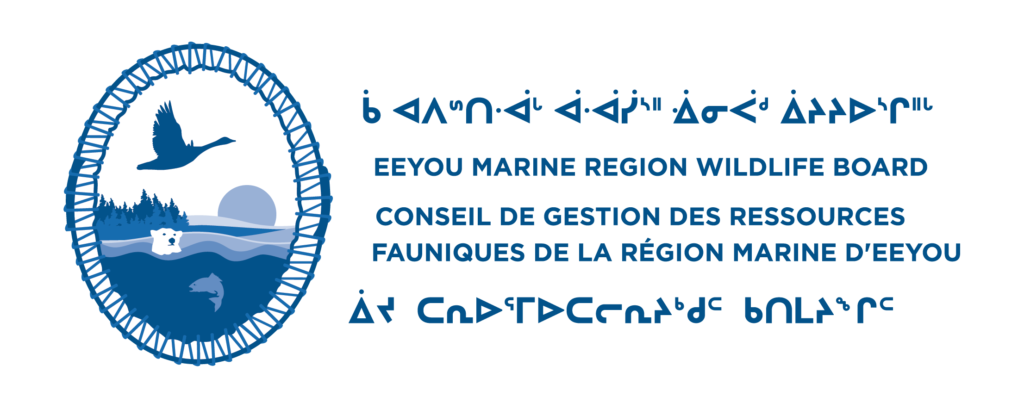Diet and Habitat Use of Canada Geese in Eastern James Bay
PROJECT LEADS: Melanie Leblanc & Mary O’Connor (University of British Columbia)
DURATION: 2022-2024
AMOUNT AWARDED: $20,000 (2022-23)
Project Description:
Northern coastal ecosystems are critical to many migratory waterfowl. Changes in migratory waterfowl abundance and distribution are indicators of environmental change, and they have direct consequences for coastal Indigenous communities by disrupting traditional subsistence hunting activities. Yet many northern coastal communities lack the necessary scientific data for wildlife conservation and management. Data collection of migratory waterfowl at stopover sites has been limited by logistical difficulties due to the remoteness of northern coastal ecosystems. Working in partnership with coastal Indigenous communities, the proposed study aims to better understand culturally important migratory game bird species habitat use in subarctic Canada.
Cree that live and hunt along the eastern Eeyou Istchee coast have long emphasized the importance of eelgrass, the most widespread and common seagrass species in Canada, in shaping migratory routes, stopover durations, and foraging locations of migratory waterfowl. The vast majority of Cree hunters agree that the eelgrass decline that occurred in the late 1990s was massive and unprecedented. Cree hunters also report that since the decline, recovery of the eelgrass has been very slow. Concomitant with the observed eelgrass declines, Cree hunters have witnessed a dramatic decrease in the abundance of waterfowl, notably Canada Geese, along the coast of James Bay.
Working collaboratively with the Eeyou Marine Region Wildlife Board (EMRWB), we propose to conduct new research to fill an important knowledge gap regarding migratory waterfowl habitat use along the entire eastern coast of James Bay, Canada. With Cree community partners and the EMRWB, we propose to use mixed-method inferences, combining Cree knowledge with ecological surveys methodologies and harvest hunting surveys to assess the relationship between eelgrass availability and migratory waterfowl habitat use in subarctic coastal zones.
Our research objectives include:
1) determine the extent to which individual Canada Geese forage between marine (eelgrass) and terrestrial habitats (ex. saltmarshes, heaths, bogs)
2) evaluate how eelgrass availability/accessibility influences Canada Goose habitat use
3) working in partnership with the EMRW and Cree land users, co-develop a habitat suitability map for Canada Geese, a vital tool for wildlife management and conservation.
2022 Update:
- Melanie visited four coastal communities (Chisasibi (2 times), Wemindji (once), Eastmain (3 times), and Waskaganish (2 times)
- They collected 100 coastal plant samples (73 different species)
- 9 land users participated in the project summer activities (consultations/field work)
- They collected 30 samples of Canada Goose gizzards/esophagus
- Melanie did a trial run of a research approach in 2022 and learned it was unsuitable to pair with hunting practices.
- In the summer of 2023, Melanie will be returning to Eeyou Istchee to continue fieldwork using a new method.





